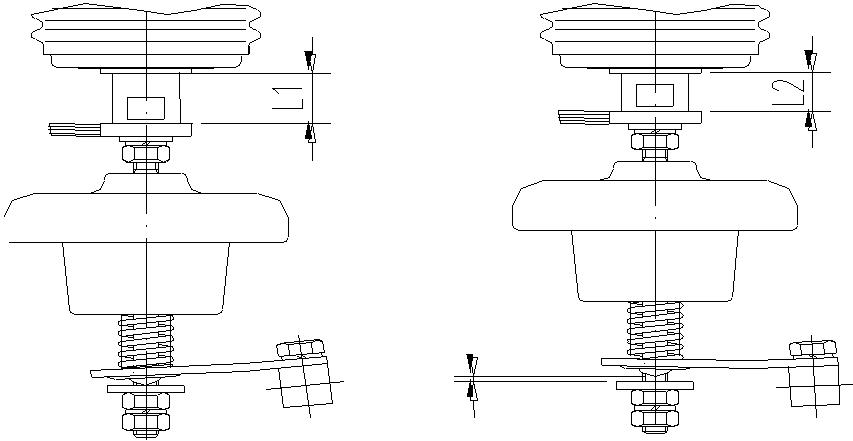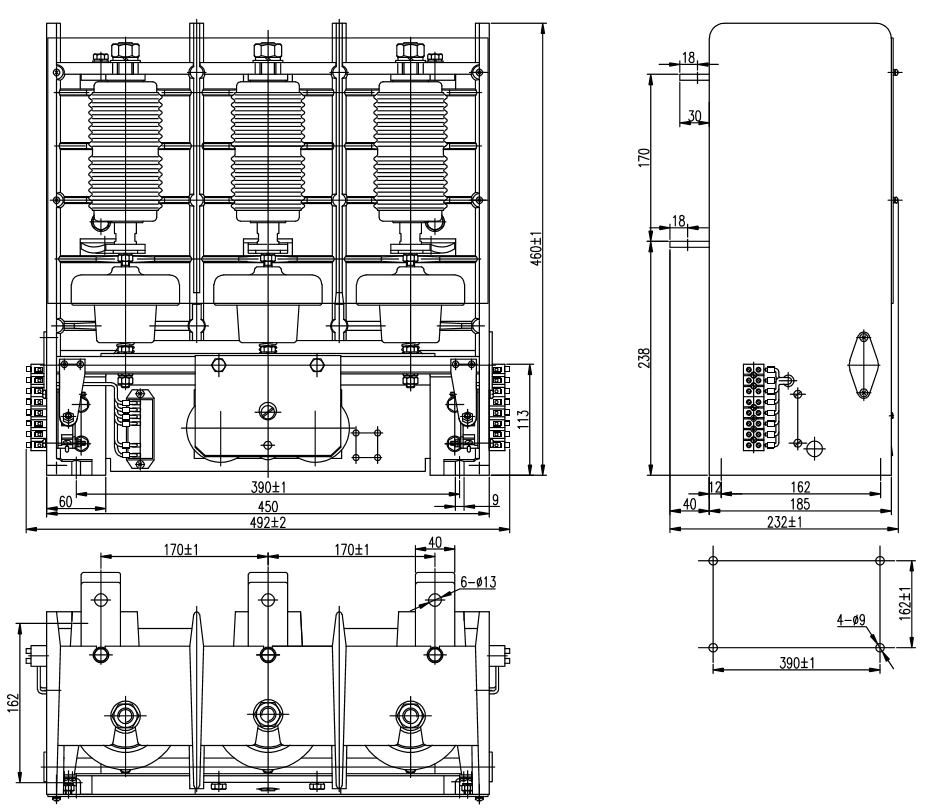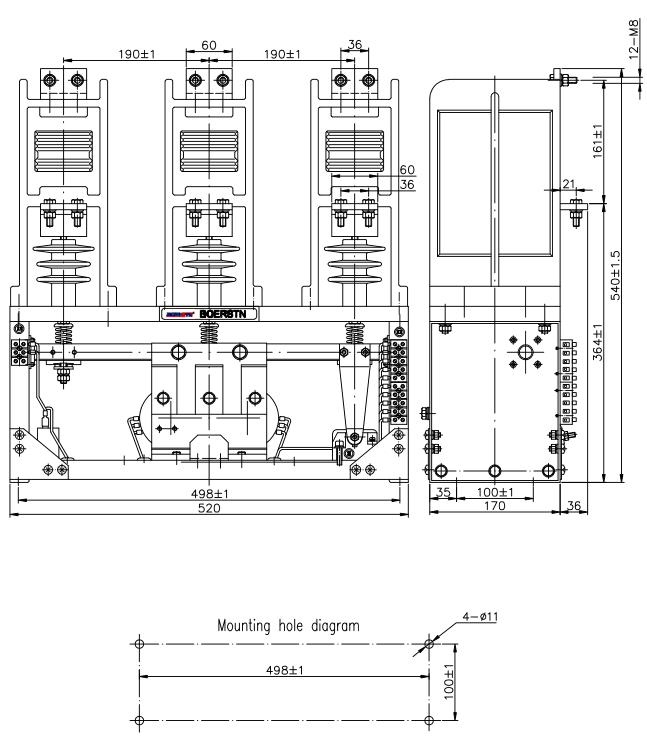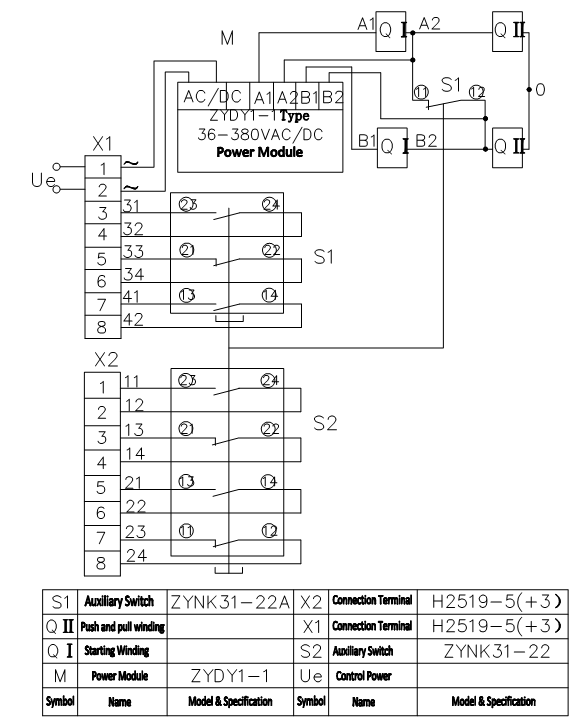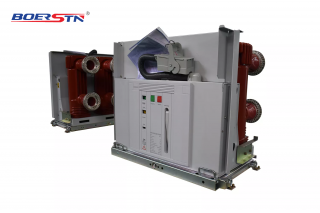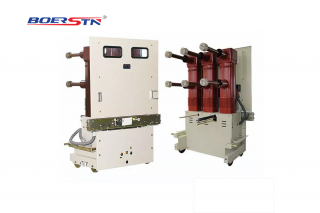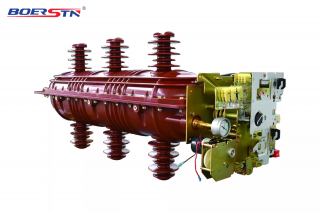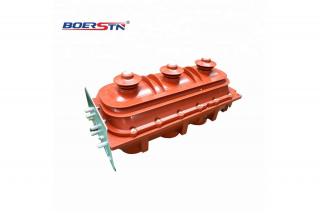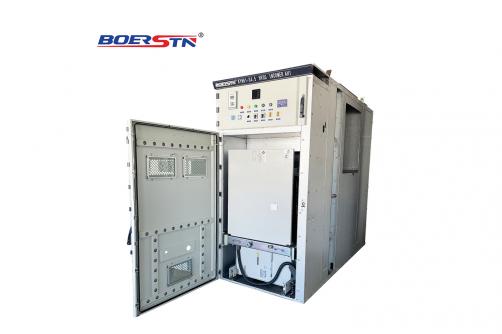-
The contactor consists of base frame, electromagnetic mechanism and vacuum interrupter. Electromagnetic mechanism switches vacuum switch tube via armature, connecting lever and draw bar. Magnet coil is powered on when connected to control power supply. Armature drives connecting lever rotate when closing, causing the moving contact and fixed contact in vacuum interrupter to close up, and the break spring is compressed with energy stored. After closure of moving contact and fixed contact, auxiliary switch connects holding winding in series in the starting winding loop, to throttle the coil and keep magnet closed. If control power supply is disconnected, electromagnetic mechanism is powered off, and break spring is released to separate main contact and main loop breaks.
-
Vacuum interrupter is composed of upper cover, lower cover, metal bellows and ceramic tube. Its enclosure adopts corrugated porcelain tube made up of 95 ceramic. The porcelain tube features long creepage distance, high mechanical strength, heat resistance, impact resistance, etc. A pair of moving contact and fixed contact is sealed in vacuum interrupter. Contact material is Cu - W - Wc, which is of ablative resistance and low diversion closure value. In this way, if the interruption conditions are met, overvoltage caused by cut-off can be reduced in the interruption, so that service life of electric contact can be lengthened.
Metal bellows drive moving contact to switch on and off while axially moving.
-
Considering advantages such as good coordination between actual attractive force and spring force characteristics, low-noise and energy saving, DC double coil, made up of starting winding and holding winding, is used for electromagnetic system, which is switched via auxiliary switch. In order to facilitate users to operate AC power supply, contactor is equipped with bridge rectifier.
-
Mechanical padlock can be selected. When closing coil is charged, contactor is closed and mechanical padlock is locked. When trip coil is charged, mechanical padlock is tripped, and contactor is released. In thermal state, if voltage of trip coil is within 85% -110% of its rated voltage, contactor can be reliably released.




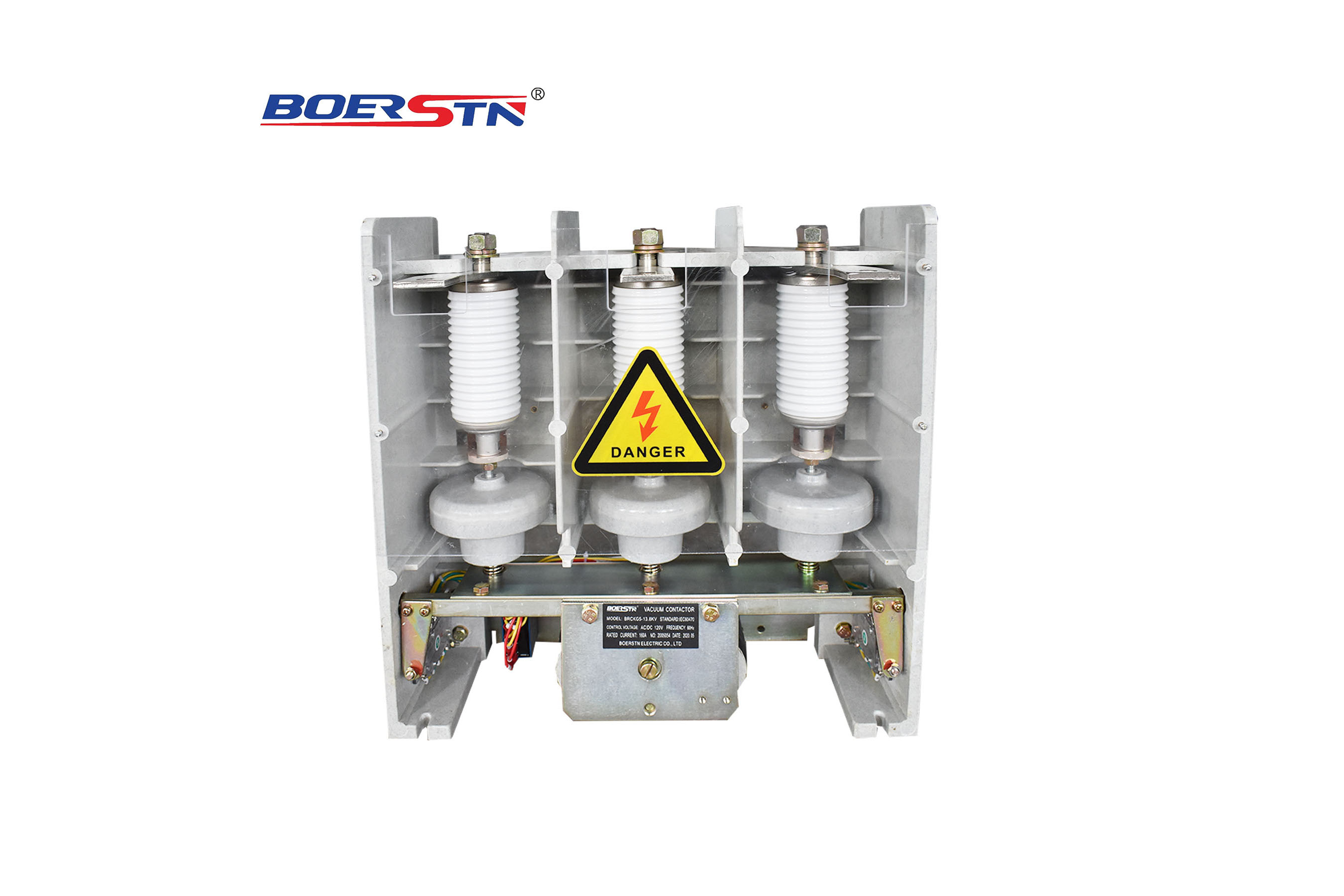
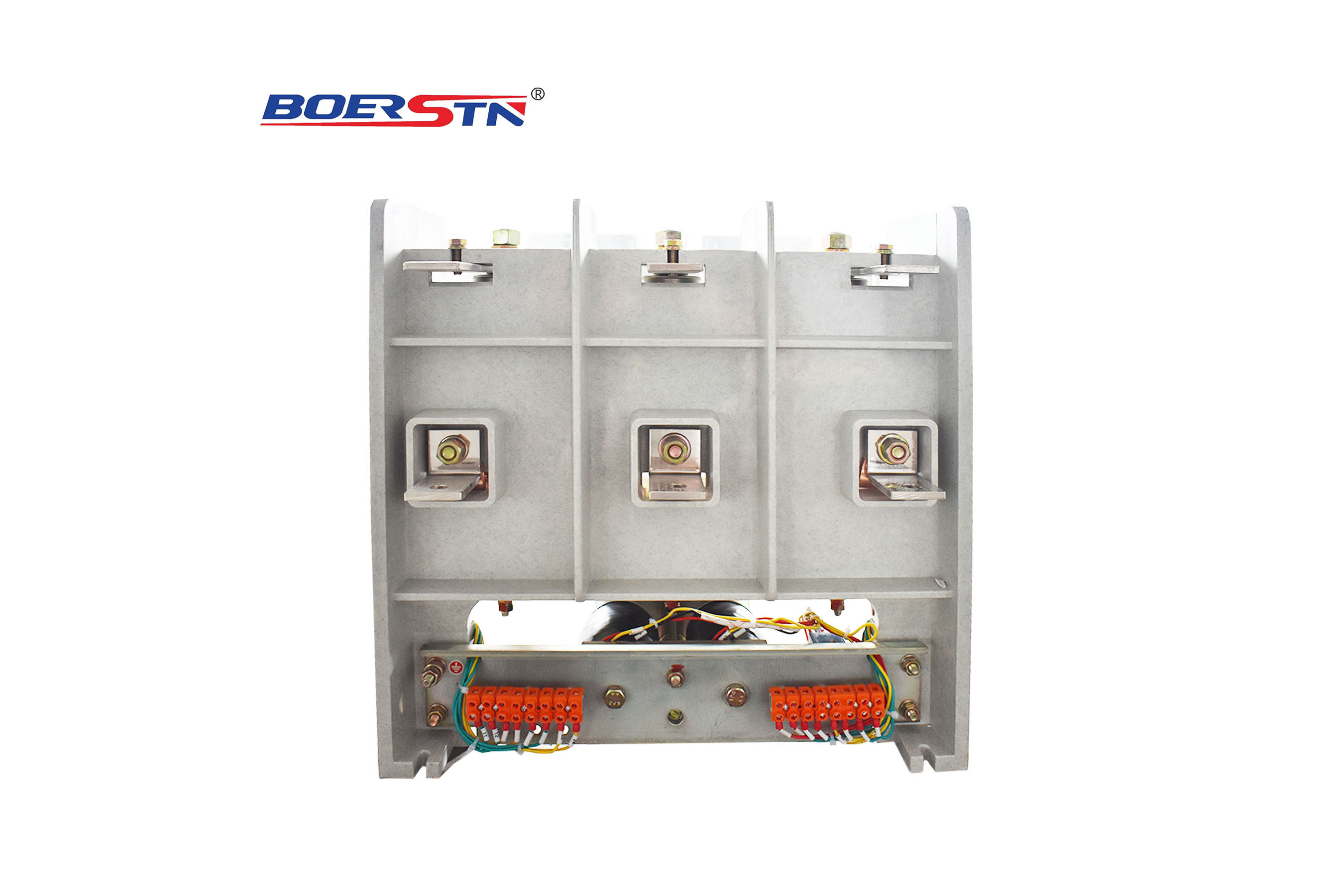
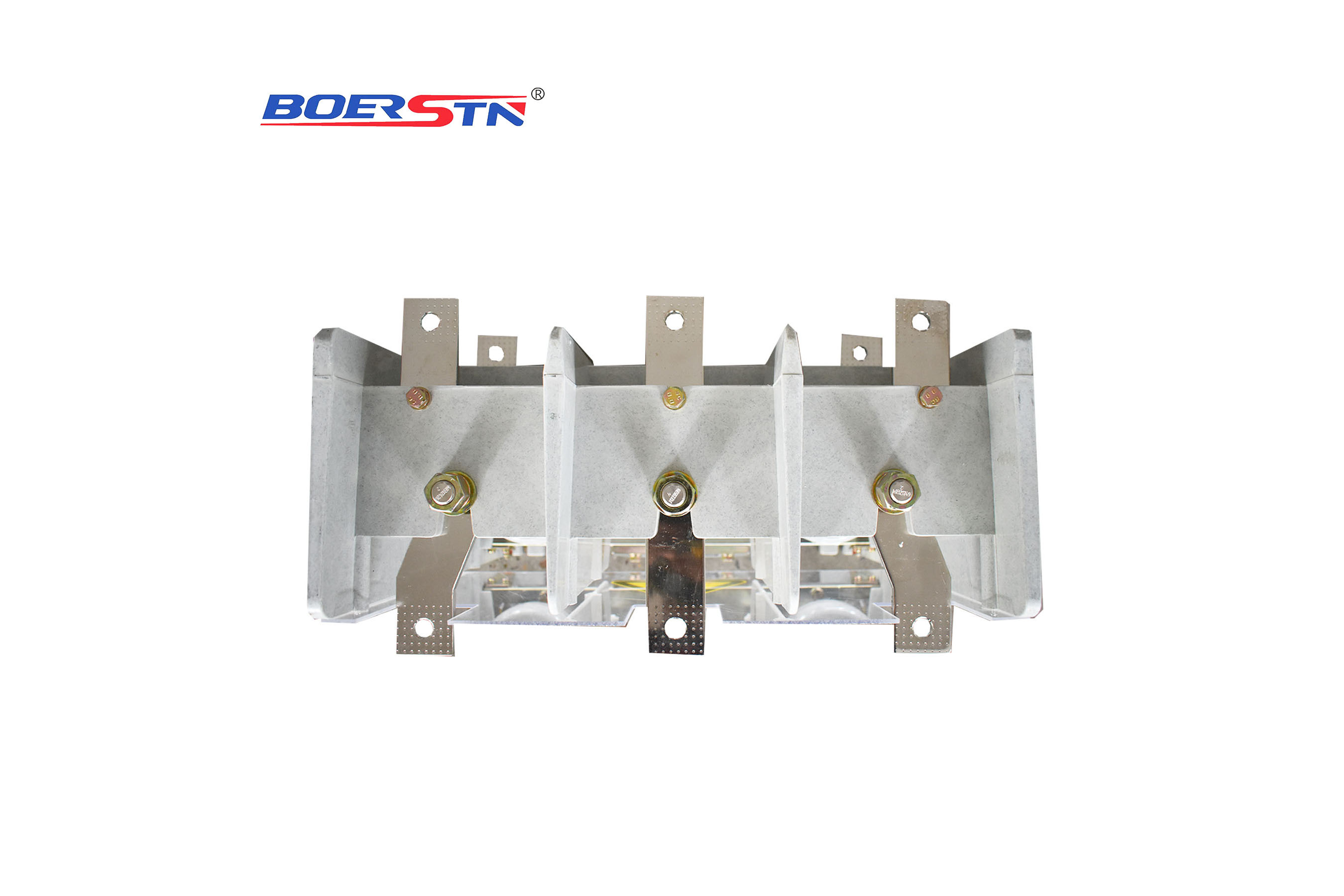
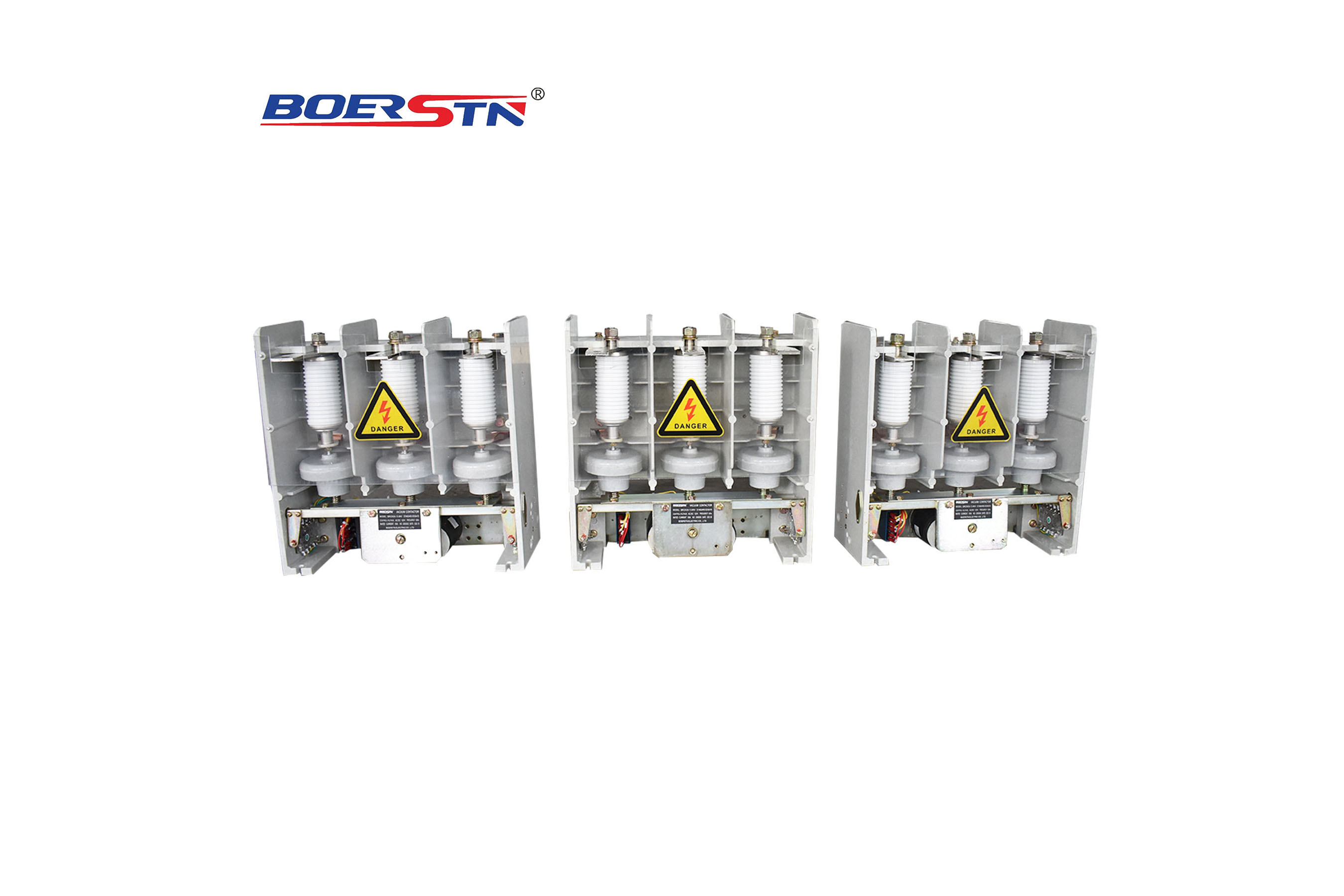
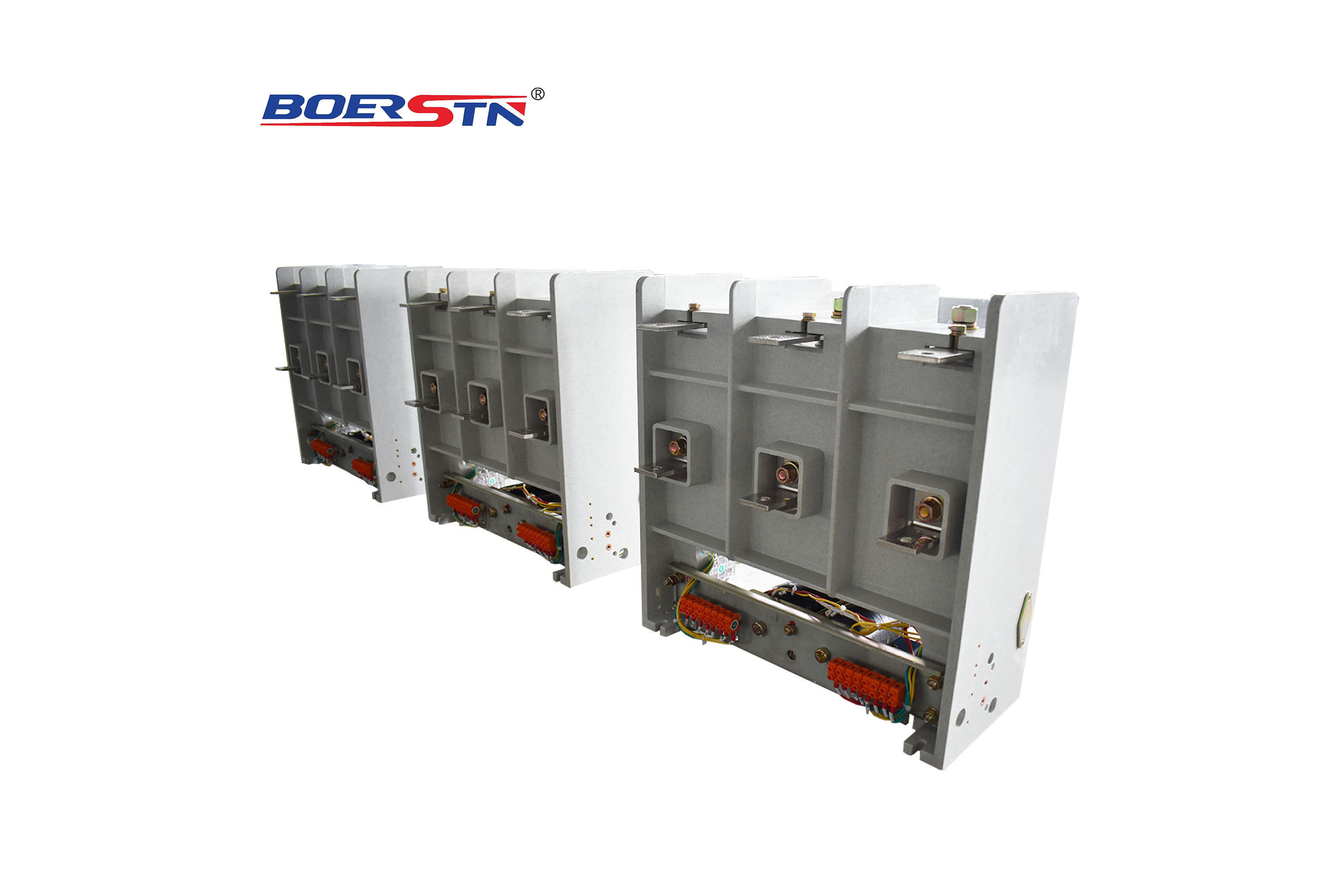

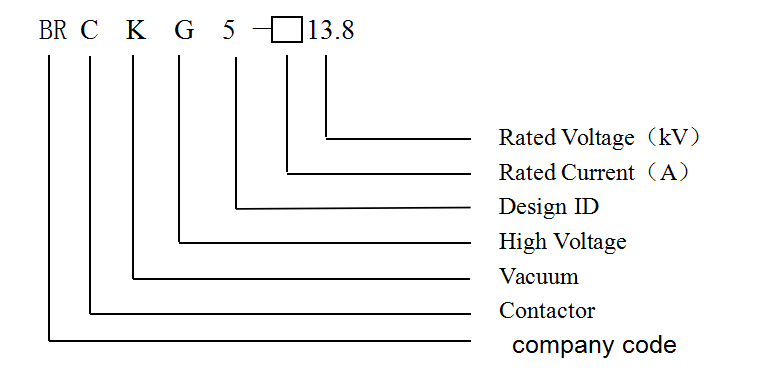

 Technical Parameters Type
Technical Parameters Type
